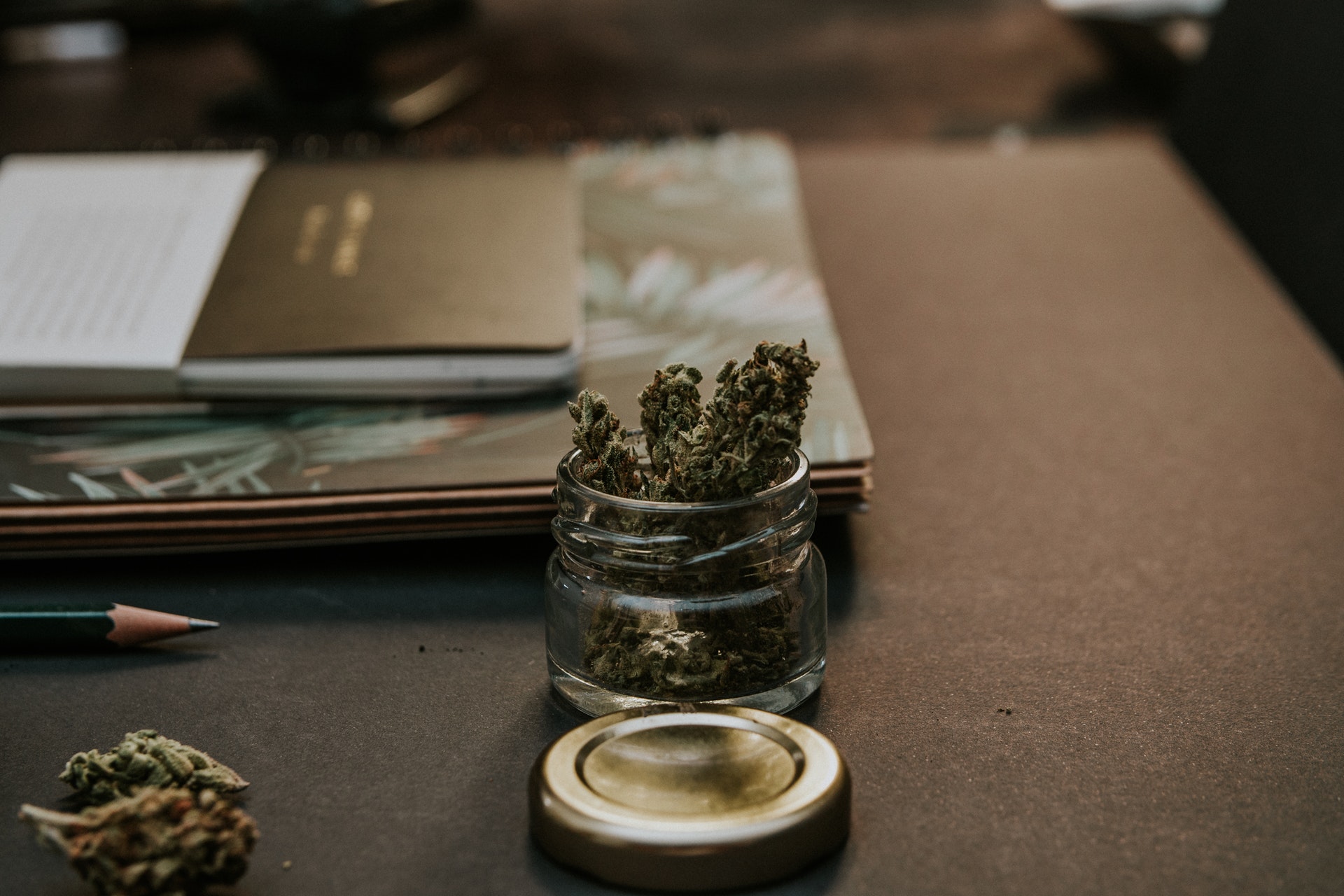 Hemp is one of the most important plants on the planet. Hemp fibers can be used to make clothing, biofuel, paper and more. The plant has a cleansing effect on soil as a bio-accumulator, and hemp extracts can be used to make products with numerous health benefits.
Hemp is one of the most important plants on the planet. Hemp fibers can be used to make clothing, biofuel, paper and more. The plant has a cleansing effect on soil as a bio-accumulator, and hemp extracts can be used to make products with numerous health benefits.
The United States legalized hemp-based products in 2014, which has brought about a market for non-intoxicating oils, concentrates, edibles and vape juices, centered around the properties of cannabidiol (CBD). CBD is the main cannabinoid in hemp, but the plant, which is in the same botanical family as cannabis, has many of this type of compound. Let’s take a look at a few.
Cannabidiol (CBD)
CBD is the cannabinoid that is putting hemp in the spotlight, thanks to its array of therapeutic properties. Koi CBD is a better alternative to many users than medical cannabis, since it doesn’t have any psychoactive side effects. Researchers have greatly improved their understanding of CBD over the past 30 years, following the discover of the endocannabinoid system (ECS).
Experts have shown that CBD plays a role in mood and appetite regulation, reducing inflammation and facilitating neurogenesis and better cognitive functioning. CBD also has an effect in systems outside of the ECS, although there is much still to learn about these effects. CBD is a CB1 and CB2 receptor antagonist
CBD is also used to treat epileptic children, especially in children who suffer from rare conditions which cannot be suitably managed with regular anti-seizure drugs. The remarkable effectiveness of CBD in many cases is testament to how the cannabinoid interacts uniquely in the body.
Tetrahydrocannabinol (THC)
THC is the primary psychoactive component in marijuana, but it takes a back seat in non-intoxicating hemp. While THC is always present to some extent in hemp, it’s greatly outnumbered by THC and therefore cannot deliver the same euphoric effects that it does in standard cannabis. Furthermore, there is a strict legal THC limit set on hemp products of 0.3 percent. THC is a CB1 and CB2 receptor agonist.
However, THC likely offers some therapeutic value, even in such small concentrations, because of the ‘entourage effect’, a synergy that can only happen when all cannabinoids are enjoyed as part of a full-plant extract.
Cannabichromene (CBC)
CBC is not as influential as the previous two cannabinoids, but is part of a crucial second tier that contributes to hemp’s effects. A study has shown that CBC stimulates brain cell growth, just as CBD does, in the hippocampus brain region. CBC is also an anti-inflammatory, an effect it exerts as a CB2 receptor agonist. The cannabinoid is non-psychoactive, and is key to hemp’s analgesic effects.
Cannabigerol (CBG)
CBG is another non-intoxicating cannabinoid, famed for having anti-inflammatory and antibacterial effects. The compound is an antagonist of the CB1 receptor. Its effects at the CB2 receptor are unknown but CBG likely helps with direct or indirect regulation by virtue of being an anti-inflammatory. CBG’s antibacterial effects are not unusual for cannabinoids, but are interesting considering the dire need for scientists to find new antibiotics. CBG and other cannabinoids seem to combat bacterial infections through atypical mechanisms.
Cannabinol (CBN)
CBN is a partial agonist of the CB1 receptor, and a somewhat stronger agonist of the CB2 receptor. This cannabinoid has no intoxicating effects and features regularly in full-spectrum CBD products. CBN helps with immune system regulation, and also boasts pain-relieving effects – this makes CBN a prime candidate for treating arthritis. The cannabinoid has anticonvulsant properties, so could be useful in combination with CBD for those who experience seizure disorders.
Cannabidivarin (CBDV)
CBDV is a non-psychoactive cannabinoid that bears much resemblance to CBD. The compound’s benefits appear not to come from interactions with the ECS, but by activation of receptors in the transient receptor family. For instance, CBDV is an anticonvulsant and anti-epileptic cannabinoid, effects that come from interacting with both TRPV-1 and TRPV-2 receptors. CBDV also blocks the synthesis of the endocannabinoid 2-AG by stifling activity of the enzyme diaglycerol lipase-alpha. Scientists are uncertain as to what effect this has.
Tetrahydrocannabivarin (THCV)
THCV is a homologue of THC, and does initiate a psychoactive effect. However, in hemp, concentrations of this cannabinoid are so small that THCV isn’t intoxicating. But THCV does have several intriguing health benefits, from encouraging bone growth to reducing panic attacks. THCV may also help with the treatment of Alzheimer’s, a neurodegenerative illness, and with diabetes by regulating blood sugar levels. THCV is a CB1 receptor antagonist, and a partial agonist of the CB2 receptor, which accounts for its anti-inflammatory value.